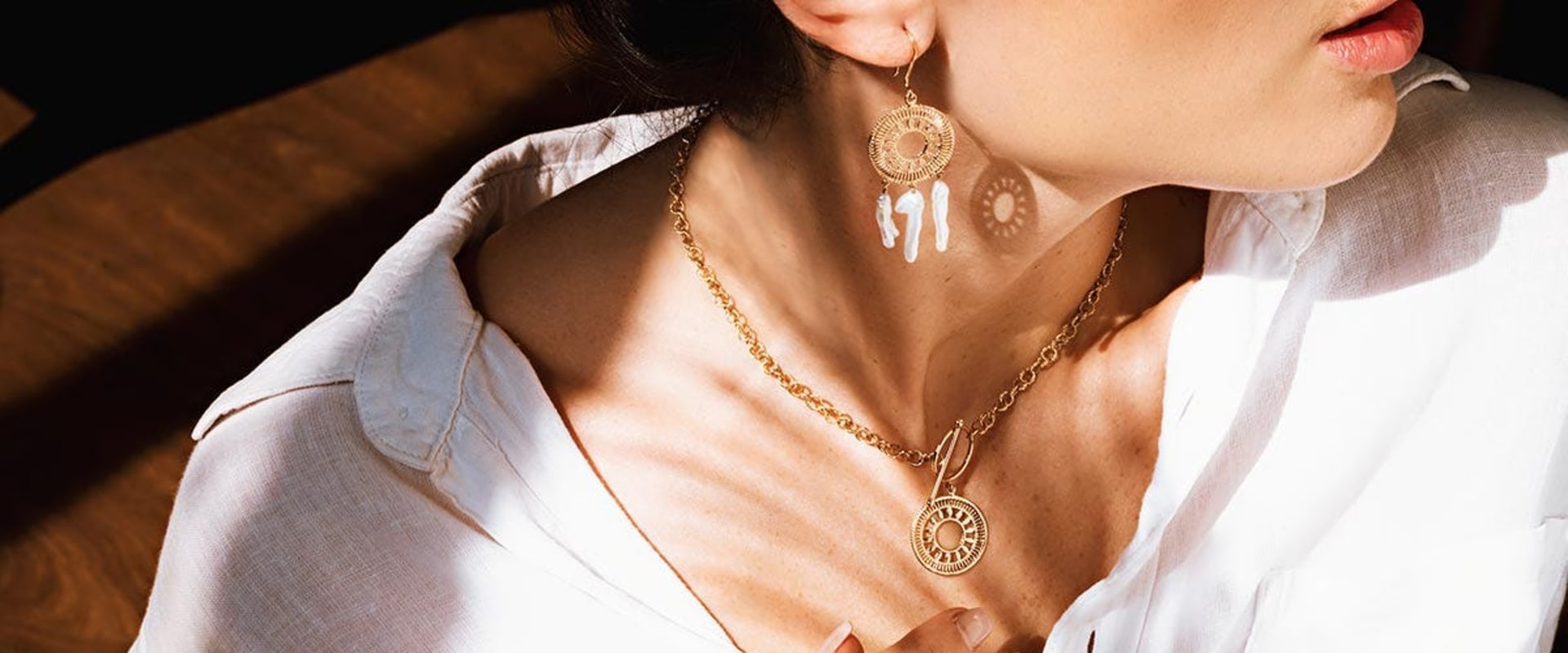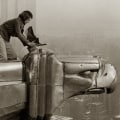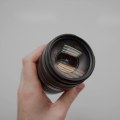The best way to photograph jewelry is to ensure that the pieces are evenly and evenly illuminated. Create your lighting setup at a 45-degree angle with respect to the jewelry. Then adjust the camera to the correct aperture and take the picture. I recommend using a mirrorless DSLR camera for the best results.
Using the right camera lens will ensure that you have the best quality in your jewelry photographs. Since these are usually small objects, you'll need to use a macro lens. Also, use a tripod to keep the camera from moving, as you're more likely to use long shutter speeds. For this technique to be successful, you must use a tripod with the camera; this way, the framing is the same (except for focusing breathing, but you can do it by post-processing the image).
You can also use some dedicated software, such as Helicon. The key to getting great results is to control the light you'll need to illuminate your subjects, and the easiest way to control it is to confine it to a small space. The best way to do this is to get a lightweight tent. It will soften and diffuse light and provide consistent results.
A Google search will offer a lot of options for that piece of equipment. Jody uses an older model of Photek Digital Lighthouse Shooting Tent. It measures 18 x 18 x 27.5 inches, comes with inserted bases of white plexiglass and black fabric. No matter the brand, Jody says, I suggest a lightweight tent that has a large opening to make it easy to place the camera and lens.
Keep things clean. Jewelry must be free of dust, dirt, dirt, stains and fingerprints. When shooting close to a subject, any loose element will immediately become apparent when viewing the images on a monitor or in a print. Compressed air is one of the most important things to have when photographing jewelry, Jody says.
And a soft, lint-free microfiber cloth is also good. I use the fabric first, then a gust of air. And I keep checking each image in post-production in case it needs to dust it off in Photoshop. Position is everything.
Position of the headlights, i.e. See the attached montage photos to see Jody's preferred location, which was reached through experience and experimentation in equal measure. It's logical to have one light on the top and another on the side, he says. The test photos will show how the position of one or two Speedlights affects the image.
The use of two lights will increase the dimensionality of the piece of jewelry and will affect the way in which shadows fall from the shapes and curves of each piece. Basically, it's trial and error until you start getting the results you like; then you have a base to work from. What will determine what you will change or adjust is the way the light hits a section or part of the jewel and how the piece will stand out. With the jewels inside the light tent, Jody will move the camera mounted on the tripod.
A little up, a little down, from one side to the other until I find a position that fits me well. Then, I'll lock the camera and use tweezers to start organizing and maneuvering the jewelry in a symmetrical and attractive pose. I don't try to do both at the same time, maneuver the camera and the jewelry at the same time. I get the position and angle of the camera, then adjust the jewelry.
That said, there might be a little camera adjustment at the end of the jewelry arrangement. In some cases, Jody may leave the camera locked to see the next item, but most likely, each piece will look better with its own position and camera angle. You do what the item requires; you'll see what works best. This way, it will look as close as possible to what it really is, which is important if you're trying to sell your jewelry with your photographs.
The good news is that none of the above really matters, as there is a basic approach to jewelry photography that, with a little preparation, produces brilliant results. I hope these photography tips have been useful for you to get better results the next time you photograph jewelry at home. Photographing jewelry isn't as simple as you might think: you'll need specialized equipment, a flexible photographic lighting setup, a white background and in-depth knowledge of depth of field. .




Leave Message